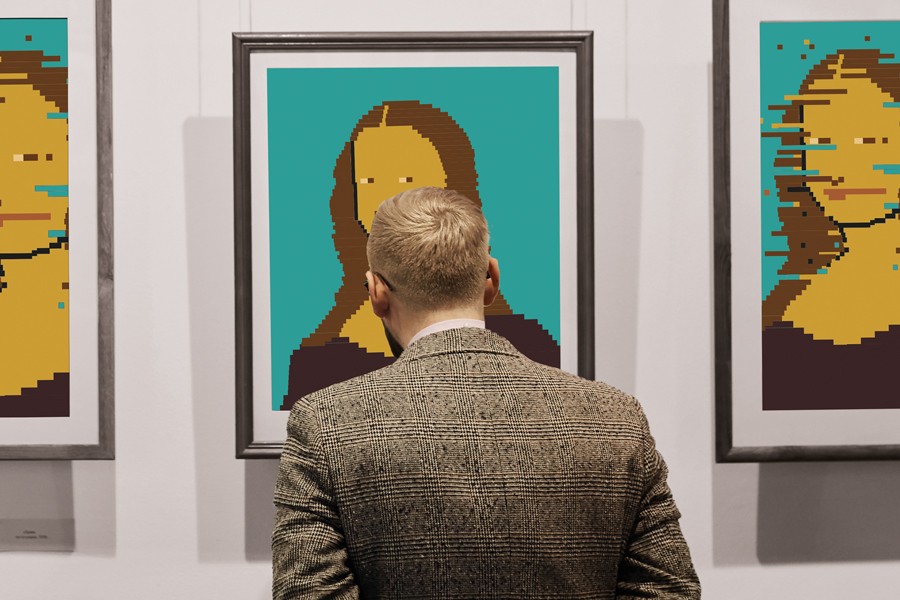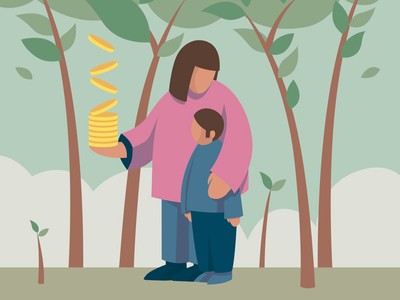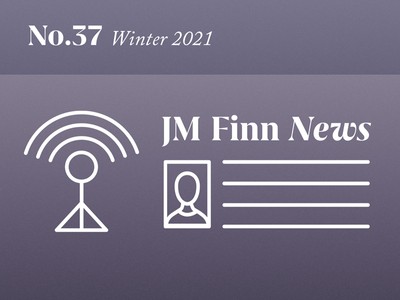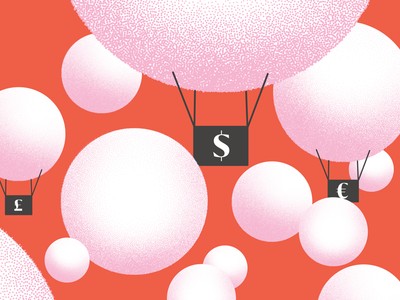Jack Dorsey, Twitter’s founder and CEO, recently auctioned off his first ever Tweet for $2.9m, the not so thrilling ‘just setting up my twttr’. Meanwhile, YouTube’s Logan Paul is reported to have made millions through the NFT explosion. This innovative form of ‘art’ is shaking up the investment market. And just like any other speculative asset, the world seems to have high hopes on its future.
The concept is in fact simpler than it seems. A token, by definition, is something that grants you access and ownership. Much like a key to a house, an NFT gives you ownership of a digital work. Its non-fungible properties also mean none of these pieces are interchangeable. You can easily trade one bitcoin for another, but an NFT is truly one-of-a-kind and irreplaceable. And so in the trading of an NFT, you’ll always end up with a different piece of digital work. An NFT is essentially a guarantee of something’s authenticity – a digital file whose unique identity and ownership is verified on a blockchain, usually Ethereum so far.
While NFTs are culturally significant and collectable objects in their own right, many buyers are also treating them as an investment, speculating on their rising prices. And rightly so. This year the market for NFTs has surged to new heights, with more than $2.5billion in sales in 2021 so far, compared to just $13.7m in the first half of 2020.

What is intriguing about NFTs, for both art collectors and artists themselves, is that they have turned the art market into an open, inviting space for all. The sharing of art via online communities instead of physical galleries, means that art now officially transcends geographical limits, and is guided only by interest. This results in more networking opportunities than ever, as well as a friendly, non-discriminatory platform for the trading of art. The scope of art has become more fluid than ever. Since the definition of an NFT is not restricted to a certain art form, it could be digital ownership of whatever the token is attached to, whether that’s music, imagery or even Tweets. For artists, NFTs also reduce costs of creation and delivery that are normally associated with creating traditional art.
NFTs look like they’re here to stay, and the boom has been particularly notable within the digital art world. It’s no wonder that this exciting new form of art investment has garnered the attention of so many astute collectors.
“This is new for all of us,” says Sotheby’s CEO Charles Stewart. “But there’s a lot here that’s really exciting and we think has staying power.”
Mike Winkelman, the digital artist known as Beeple, sold an NFT of his work EVERYDAYS: THE FIRST 5000 DAYS earlier this year for a staggering $69m, which is $15m more than Monet’s painting Nymphéas was sold for in 2014. Minted exclusively for Christie’s, Beeple’s sale highlights a major move in art investment. The auction house was the first ever to offer a purely digital artwork with a unique NFT.
Christie’s record-breaking sale catapulted EVERYDAYS – it is now the third most expensive artwork ever sold by a living artist, behind stalwarts Jeff Koons and David Hockney. The second most expensive known NFT sold to date has been Larva Lab’s CryptoPunk 7253, one of 10,000 unique collectible characters with proof of ownership stored on the Ethereum blockchain. The NFT fetched $11.8m at Sotheby’s.
NFTs look like they’re here to stay, and the boom has been particularly notable within the digital art world.
New digital auction house Rare.Market joins Christie’s and Sotheby’s in offering collectors digital ownership of artworks in the form of NFTs. Collectors can purchase physical art and receive digital ownership of their chosen work as an NFT, all in a single easy sale. We are excited to have joined forces with Rare.Market in this one-of-a-kind offer.
As exciting as it is, the NFT market has received its fair share of critics, mainly on the amount of carbon footprint it creates. In order to make, sell, or buy an NFT through mining Ethereum, an estimated 44.94 terawatt-hours of electrical energy is consumed, which is approximately the yearly power consumption of countries like Qatar and Hungary. Not especially appealing in the sustainability-conscious world we live in, the issues place NFT’s longevity into question amidst the hype it receives.
Look out for work from outstanding wildlife photographer William Fortescue, whose new spectacular collection focuses on the majestic wildlife of Kenya.
Julian Usher, Red 8 Gallery
0207 846 4021
info@redeightgallery.com
redeightgallery.com




